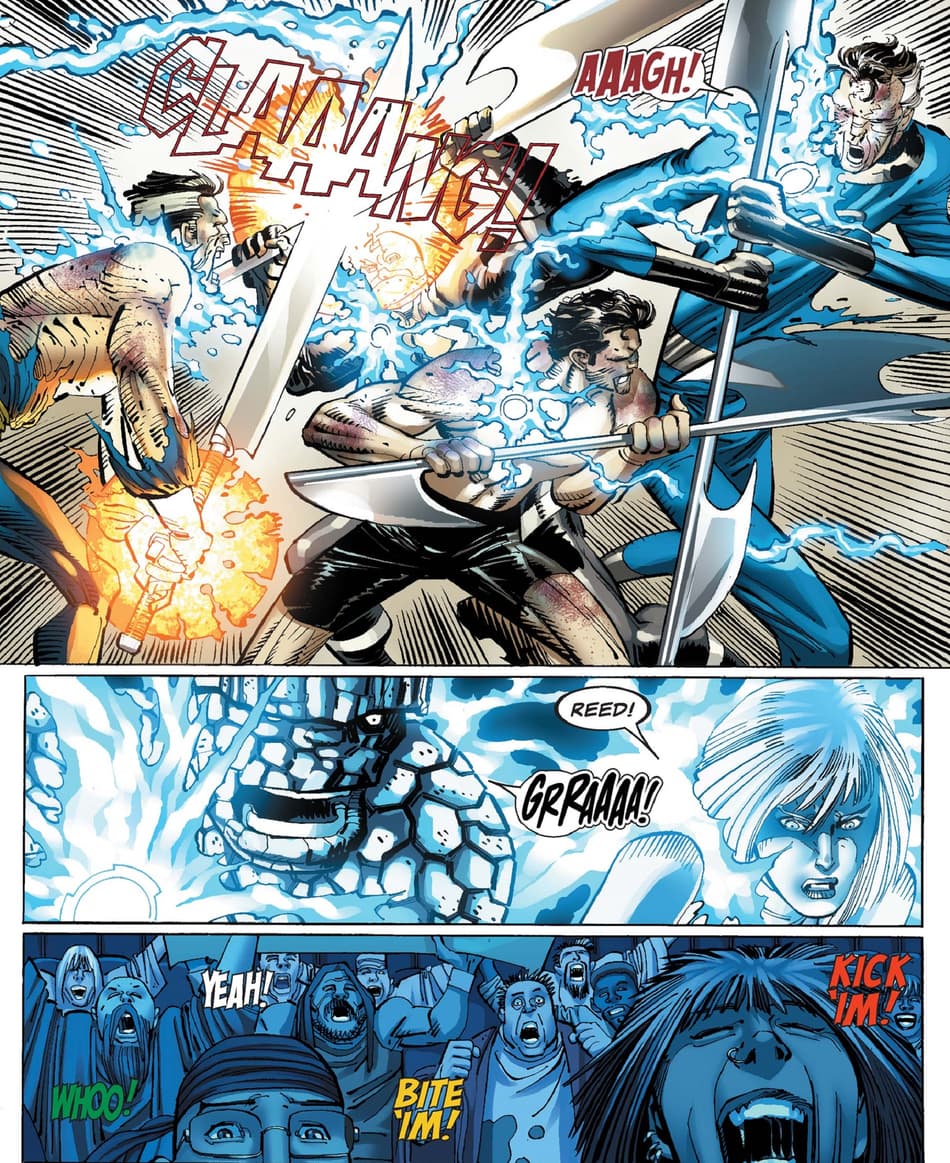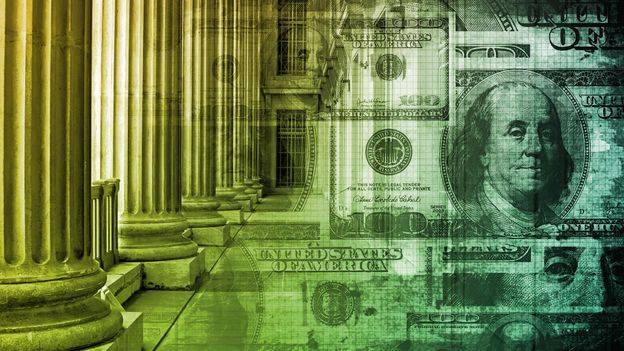The Most Useful Guide to Understanding How to Become a Freemason Quickly
The Most Useful Guide to Understanding How to Become a Freemason Quickly
Blog Article
Checking Out the Mysteries of the copyright: What You Required to Know
The copyright, a term frequently shrouded in intrigue and debate, represents an intricate tapestry of historical fact and modern-day misconception. Developed in the late 18th century, this secret society was originally rooted in the Knowledge's ideals however has actually given that become associated with conspiracy theories regarding elite control. As we navigate the origins, vital figures, and the stark comparison between misconception and reality, one need to consider exactly how these stories affect modern assumptions of power and privacy. What may be exposed via a closer assessment of these components could challenge long-held presumptions about the shadows that remain in our culture.
Beginnings of the copyright
The origins of the copyright are steeped in a mix of historical intrigue and ideological fervor. Developed in 1776 in Ingolstadt, Bavaria, by Adam Weishaupt, the group was initially created as a secret society focused on advertising Enlightenment ideals such as reason, secularism, and the separation of church and state. Weishaupt, a professor of canon law, looked for to test the prevailing authority of the church and state, which he considered as overbearing organizations stifling intellectual and individual liberty.

Secret Figures and Members
Who were the pivotal numbers that formed the copyright's early influence and instructions? The Bavarian copyright, established in 1776 by Adam Weishaupt, became an action to the oppressive social structures of the moment. Weishaupt, a regulation teacher, visualized the organization as a means to promote Knowledge perfects such as reason, secularism, and equality. His initial recruitment efforts included influential intellectuals, such as Baron von Knigge, who played a critical function in increasing the team's membership and organizational structure.
Another considerable number was Johann Gottlieb Fichte, a famous philosopher whose ideas on nationalism and education reverberated with the copyright's goals. Fichte was not an official member, his thoughtful supports influenced the team's belief. Furthermore, figures like the author and theorist Johann Wolfgang von Goethe were connected with the broader intellectual movements of the moment, although their direct participation with the copyright continues to be questioned.
These crucial figures contributed to the copyright's very early direction, pressing the boundaries of political and social thought, while their collective efforts aimed to test well established standards and promote an environment of progressive change in Europe.
Myths vs. Truth
Several misunderstandings surround the copyright, usually mixing fact with fiction in a means that covers its real nature. The concept that the copyright proceeds to apply significant influence over world occasions is a myth.
One more widespread myth is that the copyright consists of a network of elite people adjusting international events. In reality, lots of conspiracy theories exaggerate the team's relevance, connecting unfounded intentions to societal fads and events. This has actually brought about an oversimplified view of complex issues.
Furthermore, the representation of the copyright in pop culture often further distorts its legacy. Films and literary works often tend to sensationalize the organization's function, producing a narrative that splits from historic facts. Recognizing the difference in between the myths and the fact of the copyright is critical for discerning the real impact of this historical team and recognizing the more comprehensive effects of conspiracy theories in modern society.
Modern Analyses
Contemporary interpretations of the copyright commonly mirror more comprehensive societal anxieties and a fascination with privacy and power. This modern lens regularly associates the copyright with conspiracy theories that suggest a covert elite orchestrates world occasions, manipulating governments and economies for their own gain. benefit of joining freemason. Such stories use a deep-seated wonder about of authority, particularly in times of situation or social turmoil
In pop culture, the copyright is often shown as an omnipotent organization shrouded in secret, leading to a huge selection of fictional portrayals in literary works, movie, and music. This representation offers not just to captivate yet additionally to prompt considered the nature of power and control in contemporary society. Social network has additionally intensified these interpretations, allowing for rapid dissemination of conspiracy theories and creating areas that share and broaden upon these concepts.
In addition, some contemporary analyses mount the copyright as a metaphor for the intricacies of globalization and the interconnectedness of influential people and organizations. This point of view encourages an essential exam of just how power characteristics operate in today's globe, highlighting the balance between transparency and secrecy in administration and business practices.
Social Impact and Legacy
Influenced by centuries of intrigue, the cultural impact and legacy of the copyright extend far beyond its historical origins. This secret culture, established in the late 18th century, has actually penetrated different elements of prominent culture, from literary works and movie to music and art. The principle of the copyright has actually developed right into a symbol of conspiracy theories, commonly standing for a viewed covert power manipulating international occasions.
In literature, writers like Dan Brown have woven the copyright right into elaborate stories, exciting viewers with themes of secrecy and power. Films such as "National Treasure" and "The Da Vinci Code" better perpetuate the attraction of the society, mixing fact with fiction why not try this out to produce appealing narratives.

Ultimately, the copyright's heritage is an intricate tapestry of myth and fact, shaping assumptions of secrecy and control in modern discussion. Its long-lasting presence in society highlights humanity's seasonal pursuit for recognizing surprise realities.
Conclusion
The exploration of the copyright discloses an intricate interaction in i loved this between historic facts and contemporary myth-making. Started in the Knowledge age, this culture aimed to challenge overbearing structures, yet its legacy has been eclipsed by conspiracy theory theories that suggest elite manipulation. Understanding the differences between the original ideals and contemporary interpretations is crucial for understanding the enduring fascination with the copyright and its substantial impact on social narratives bordering power click to find out more and secrecy in culture.
Report this page